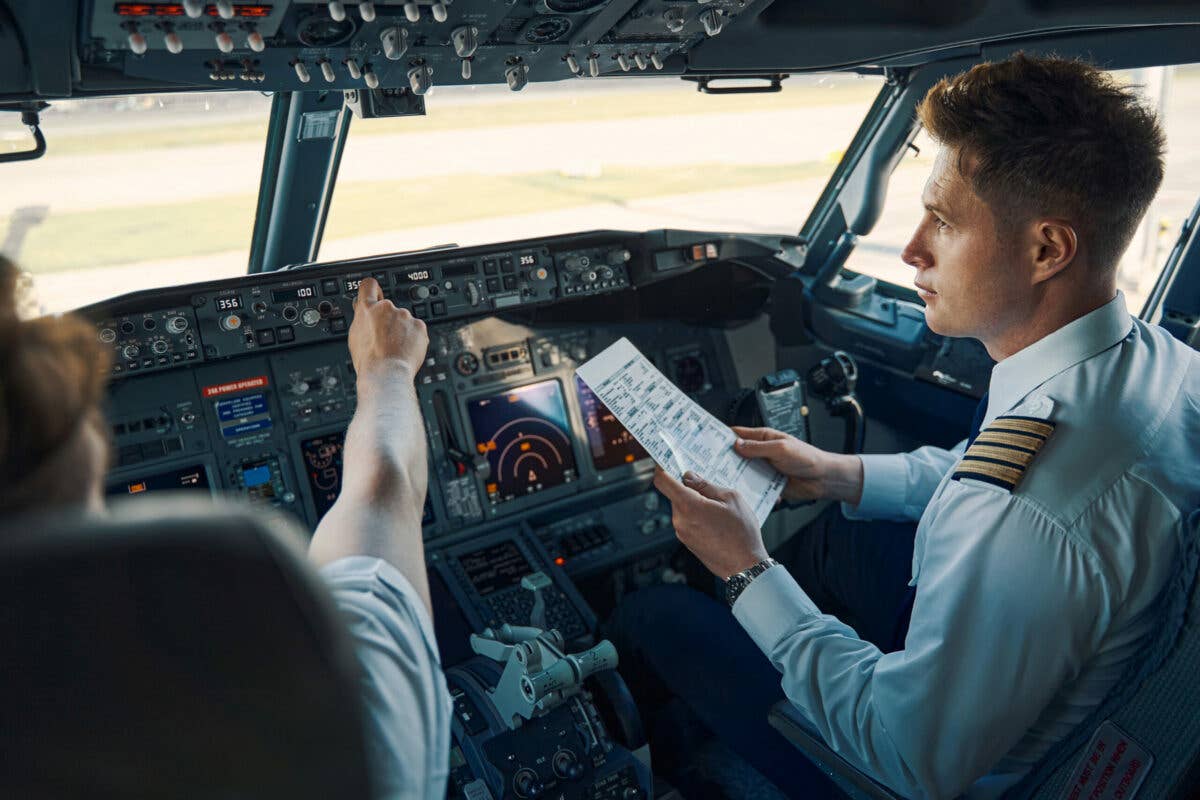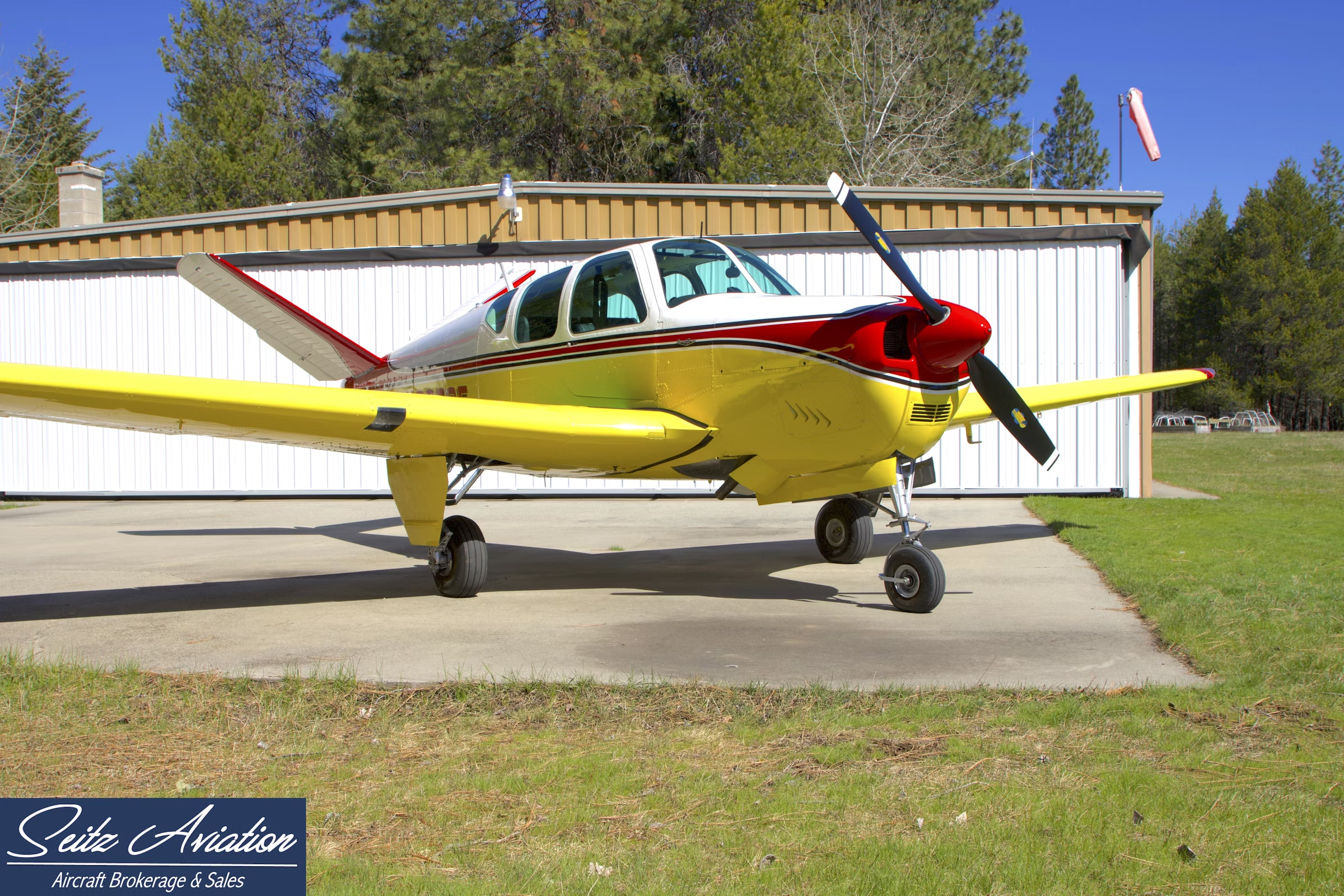NTSB Releases Preliminary Report on Fatal Texas Midair Collision
Investigators are scrutinizing altitude deconfliction procedures at the airshow prior to the accident.

NTSB investigators spent several days mapping out, photographing and marking the debris field of the midair collision. [Courtesy: National Transportation Safety Board]
The National Transportation Safety Board (NTSB) has released the preliminary report on the fatal midair collision between a B-17G and P-63F Kingcobra during the Wings Over Dallas airshow on November 12. According to the NTSB report, there were no altitude deconflictions briefed before the flight or while the airplanes were in the air.
Altitude deconflictions procedures are established in the event pilots find themselves at an improper altitude during the flight.
Six people were killed in the November 12 crash—five on the B-17G Texas Raiders and one on the Bell P-63F Kingcobra.
Both aircraft—B-17G, N7227C, and Bell P-63F, N6763—are registered to the American Airpower Heritage Flying Museum. Both were part of the Dallas, Texas-based Commemorative Air Force (CAF), a non-profit organization dedicated to preserving and showing historical aircraft. The pilots were volunteers with the CAF.
Detailed Account
The weather at the time of the accident was reported as clear skies and the winds were from 350° 14 knots with gusts to 18 knots. Video of the event shows the aircraft were flying on a northerly heading parallel to Runway 31 as part of the parade of planes.
There were two show lines—one 500 feet from the audience, the other 1,000 feet from the audience. Show lines are established to keep aircraft from flying directly over the crowd.
According to the NTSB, The P-63F was third in a three-ship formation of fighters and the B-17G was lead of a five-ship formation of bombers.
According to the recorded audio for the airshow radio transmissions, the air boss directed both the fighters and bombers to maneuver southwest of the runway before returning to the flying display area, which was the designated performance area. Automatic dependent surveillance-broadcast (ADS-B) data shows the aircraft complied.
The air boss then directed the fighter formation to transition to a trail formation, to fly in front of the bombers, then proceed near the 500-feet show line.
The bombers were directed to fly the 1,000-feet show line.
When the fighter formation approached the display area, the P-63F was in a left bank. The fighter came up behind the B-17G, striking it on the left side just aft of the wing section. The accident happened around 1:22 p.m. in front of thousands of spectators. No ground injuries were reported.
The collision was captured on multiple smartphones from multiple angles, these videos and still photographs were quickly posted to social media. The images show the P-63F disintegrating, its parts raining down on the grassy area on airport property south of the approach end of Runway 31.
The impact cleaved the B-17G in two. The aft fuselage and empennage of the B-17G tumbled to earth while the wing and forward section of fuselage of the bomber caught fire. The forward section continued forward for a second, then cartwheeled to the ground, exploding on impact. The fire sent up thick black smoke visible for miles.
NTSB Investigation
Immediately following the accident, the NTSB dispatched a go-team to Dallas. During a press conference the day after the crash NTSB investigator Michael Graham requested anyone who had video or photographs of the accident to share them with investigators. Many spectators had already done so, giving investigators hundreds of images to scrutinize, he said.
According to the NTSB, the debris field was generally aligned on a magnetic heading of 320 degrees. Investigators spent several days mapping out, photographing and marking the wreckage. All major flight control components for both airplanes were located in the debris field. The wings from the fighter were found slightly south of the main B-17G wreckage. The empennage and rear fuselage of the B-17G was found south of the fighter's wings.
Neither aircraft contained a black box, nor were they required to have them. Both aircraft were equipped with ADS-B and had GPS onboard. The GPS units were recovered and submitted to the NTSB Vehicle Recorders Laboratory. In addition, the B-17G had an Avidyne IFD540 unit, which contained position information relevant to the accident. Investigators noted the GPSMap 496 from the fighter did not record any information for the accident flight.
The wreckage of both airplanes has been retained by NTSB for further examination.
The NTSB stressed that this information is preliminary and may change as the investigation continues. A final report on the accident is expected to be released approximately a year to 18 months from now.

Sign-up for newsletters & special offers!
Get the latest FLYING stories & special offers delivered directly to your inbox






